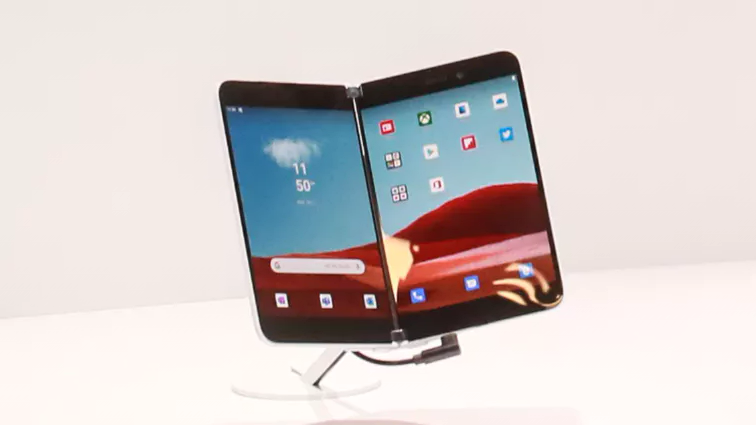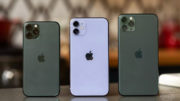In the last several weeks, you’ve probably read a lot about dual-screen tablets. Microsoft showed several prototypes and the general feeling is, they’re possible. Will they sell? That’s a good question. But at least, they won’t break.
Here’s where we are right now
Close to a year after I saw my first foldable phone, there still aren’t any on the market. The most likely contender, the Galaxy Fold, has officially been released, but as I write this it’s still making the rounds with demonstrators. It’s still not in stores near me. Some say it’s toughened up, Some say it will now last for over 100,000 folds. But I say, its moment has passed. Samsung, not always the most savvy product launcher, has messed up this one and may have doomed foldable phones for years to come. Eventually, someone will make a foldable phone that works and that we trust, but it won’t be today.
The dual-screen compromise
Microsoft thinks you’d rather have a dual screen device. It’s not a new idea. Apple introduced a small touch screen to its laptops a while back, and they patented a device with two screens recently. They’d patented something similar last year as well. But when it comes to actually showing something, Microsoft beat them to the punch with two dual-screen devices that look like they could actually be made today.
Microsoft promises its dual-screen phone and laptop/tablet in 2020, and given the look and feel of what they have shown, it seems pretty likely.
A dual-screen phone isn’t new. They’ve been around for several years, but no mass-market manufacturer has made one yet. They tend to be very thick and not a real improvement over a phone with one large screen. But, that may be changing. If Microsoft can deliver a thin dual-screen phone it may change the way we look at that technology. And, a dual-screen tablet does make sense in a lot of ways.
Dual screens are really a better option than a single foldable screen. Obviously they don’t make for a single, large-screen experience. However, it seems like they actually work while foldable screens, sorta don’t. They make a lot of sense as laptop replacements, giving the option for two, larger screens when needed and providing a typing surface that doesn’t cover most of the display space you have.
But will you buy one?
There’s the real question. Personally I won’t buy a foldable phone, or a dual-screen phone, if it’s much thicker than today’s phones. I don’t see how that would fit well in a pocket and I don’t think the extra screen real estate would be worth the extra weight and size.
On the other hand, a dual-screen tablet does seem enticing. When I’m not using it as a portable, it could have two tall displays connected to a Bluetooth keyboard. When I am out on the road, it could be powerful and flexible enough to be my only large-screen device.
Perhaps, a few years of dual-screen devices could actually prepare us for a foldable device we can trust. For now they may be a good enough compromise for the world we live in today.





